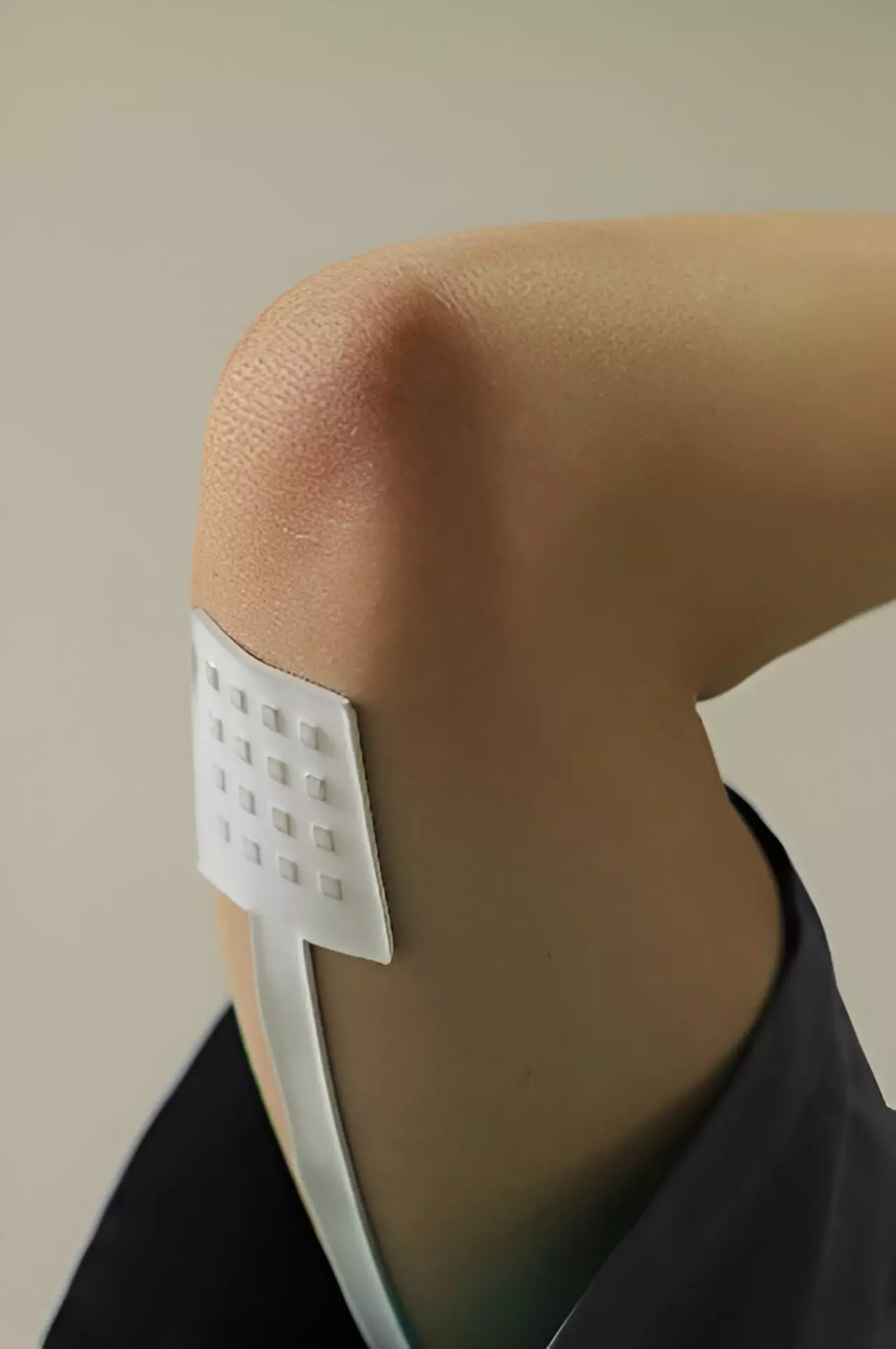In an era marked by rapid advancements in technology, the concept of flexible tactile sensors has seamlessly transitioned from imaginative fiction to impending reality. Recent groundbreaking research led by scientists at Peking University introduces a novel set of flexible, modular tactile sensors that can be applied directly to human skin, offering unprecedented capabilities in detecting biomechanical signals. This innovation opens up new avenues for applications across diverse fields, enhancing our interaction with technology in ways previously thought impossible.
The crux of this innovation lies in the development of 3D micro strain gauges, which function as the core sensing elements. According to Han Mengdi, the leading researcher of the study published in the journal *Science Advances*, these gauges represent a significant evolution from traditional planar configurations. By utilizing advanced lithographic techniques to transform these gauges into three-dimensional forms, researchers have vastly improved the capabilities of tactile sensors. This 3D design not only increases the spatial density of sensors but also enhances their ability to engage with various types of biomechanical signals.
These sensors are engineered for flexibility and modularity, allowing them to adapt to multiple applications and offer rapid customizable features. The thin film stress-driven nature of these 3D gauges provides considerable stability and consistency, ensuring that they are not only precise but also effective for widespread mass production. Integrating these sensors with microelectronics opens new doors for their use in everyday devices that require touch sensitivity.
Central to the sensor’s versatility is the capacity for performance customization. As noted by Chen Xu, a Ph.D. candidate involved in the research, modifying the shape of the 3D microstructures, adjusting the thickness of the thin film layers, and altering the encapsulating polymer thickness can significantly impact the sensitivity and performance parameters of the tactile sensors. This flexibility empowers developers and researchers to tailor their designs for specific tasks, greatly enhancing the utility of the sensors in various sectors from healthcare monitoring to advanced robotics.
Moreover, each tactile sensor is embedded with four 3D micro strain gauges arranged in an orthogonal pattern. This strategic layout facilitates an accurate decoupling of normal forces and shear forces, enabling detailed analysis regarding the direction and magnitude of forces at play. In addition, these sensors are equipped with temperature sensing capabilities, creating a comprehensive package for advanced biomechanical monitoring.
The implications of these 3D micro strain gauges extend far beyond simple touch detection. Their compatibility with both micro and macro electronics signifies a transformative impact on multiple industries. Possible applications range from sophisticated robotics—where tactile feedback is crucial to intelligent movement—to biomedicine, where patient monitoring can benefit from real-time data on physiological changes. In the consumer electronics sector, the enhancement of user interfaces with touch-sensitive surfaces can lead to significantly richer user experiences.
As highlighted by Yiran Wang, another key researcher, implementing an anti-crosstalk circuit within these sensors is pivotal to accurately capturing and differentiating the combined normal and shear forces applied at the skin’s surface. This technological advancement heralds a new step in developing electronic skin devices that can react to and interact with their environments in several meaningful ways.
The innovative work being done with flexible tactile sensors and 3D micro strain gauges by researchers at Peking University epitomizes the frontier of sensory technology. By bringing the once-distant concept of electronic skin closer to reality, this research ushers in a world where machines can feel and respond to human touch in ways that enhance our interactions with technology. As development progresses, we can anticipate profound changes in sectors ranging from healthcare to consumer technology, fundamentally reshaping how we engage with the world around us. The future of tactile sensing is bright, and we stand on the cusp of a significant technological transformation.


Leave a Reply